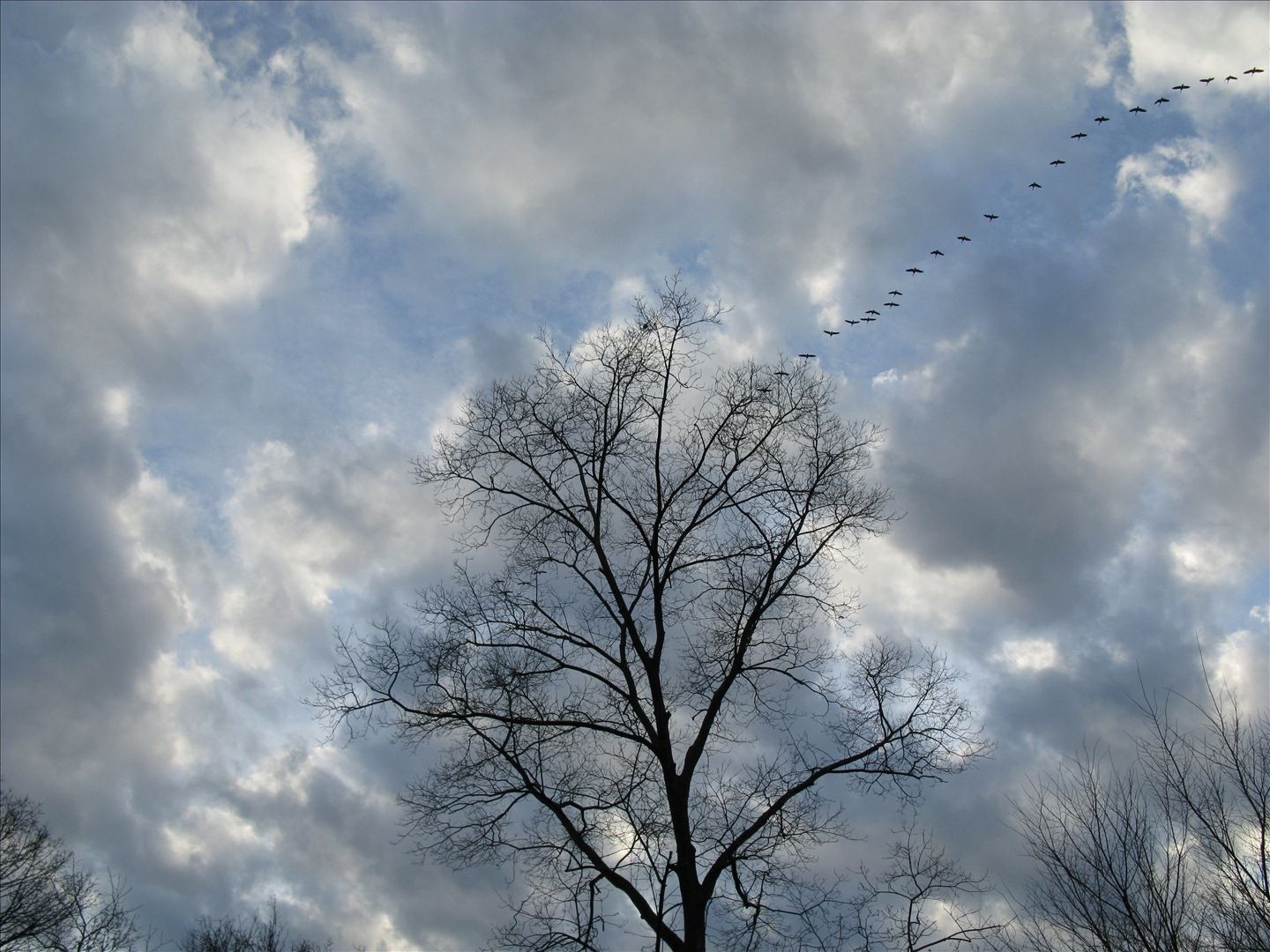-
 Straight swift
Straight swift
-
 Addiction
Addiction
-
 Call waiting
Call waiting
-
 Nuclear moderator
Nuclear moderator
-
 Solar energy
Solar energy
-
 Apache
Apache
-
 Topocentric
Topocentric
-
 PET
PET
-
 Windscale nuclear power station fire
Windscale nuclear power station fire
-
 Puncture
Puncture
-
 Trachea
Trachea
-
 Chondrosarcoma
Chondrosarcoma
-
 Pangea
Pangea
-
 Indium
Indium
-
 Microsoft System Center DPM
Microsoft System Center DPM
-
 Hem
Hem
-
 Auditory evoked potential
Auditory evoked potential
-
 Partial eclipse
Partial eclipse
-
 Intumescent
Intumescent
-
 Artificial heart
Artificial heart
-
 Autosomal
Autosomal
-
 Constellation of Capricorn
Constellation of Capricorn
-
 CERT
CERT
-
 Radon
Radon
-
 Demodulation
Demodulation
-
 Puddling
Puddling
-
 Gold chloride
Gold chloride
-
 Homeplug
Homeplug
-
 AIDS
AIDS
-
 Voice recognition
Voice recognition
Bitternut hickory
The bitternut hickory is a tree that can reach heights of 35 m. It is found pretty much everywhere in France, especially in the Paris region.

Bitternut. © glowingz, Flickr CC by nc-sa 2.0
Names
The bitternut hickory (Carya cordiformis) is a member of the Juglandaceae family. It is also called the "bitternut" or "swamp hickory".
Botanical description of the bitternut hickory
The crown of this species is ovoid-shaped. Its upper branches are vertical and gradually lower with age. When the tree is young, its bark is smooth, greyish and vertically spattered with brown patches. With age, its bark becomes light brown and gradually wrinkles and is marked with cracks. Its deciduous leaves are petiolate, composed, alternate, imparipinnate, measure up to 25 cm long and have between 7 and 11 leaflets.They are dark green on their upper side and light green on their underside. In autumn this foliage turns yellow. Its flowers bloom in May - June. This tree is monoecious.Its female flowers form small erect bunches while its male flowers, located at the axil of the leaves, are grouped into hanging catkins between 8 and 10 cm long. Its round fruit appear in late autumn in the form of drupes 2 to 3 cm in diameter. The thin green hull protects a stone enclosing an almond that contains a high amount of tanin and has a bitter taste.

Carya cordiformis. © Jamie Richmond, Flickr CC by 2.0
Origins
This tree is originally from the eastern part of North America, from Southern Canada to Texas. It was introduced into Europe in the mid 18th century.
Growing conditions of the bitternut hickory
This species prefers wet, well-drained and fertile soil with sufficient yet not excessive sunlight. However, in its range, it can also be found on arid land that is poor in nutritive elements.
Use
Bitternut hickory wood is similar to ash wood, though of a lesser quality. This wood gives off a pleasant fragrance when it is burned.
Author: Michel Caron
 The bitternut hickory. © Tie Guy II, Flickr CC by 2.0
The bitternut hickory. © Tie Guy II, Flickr CC by 2.0
Latest
Fill out my online form.



